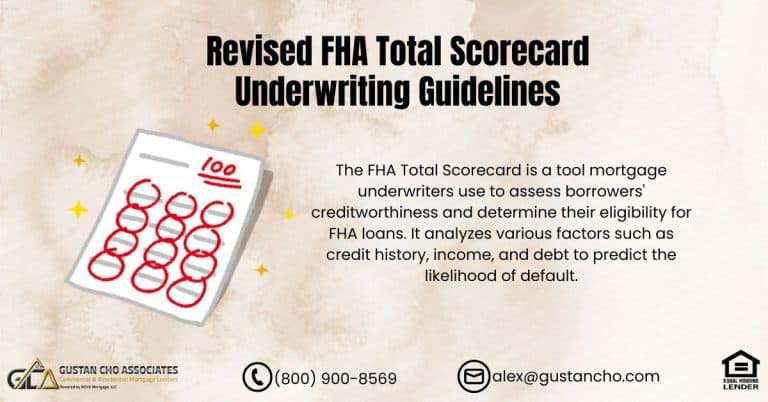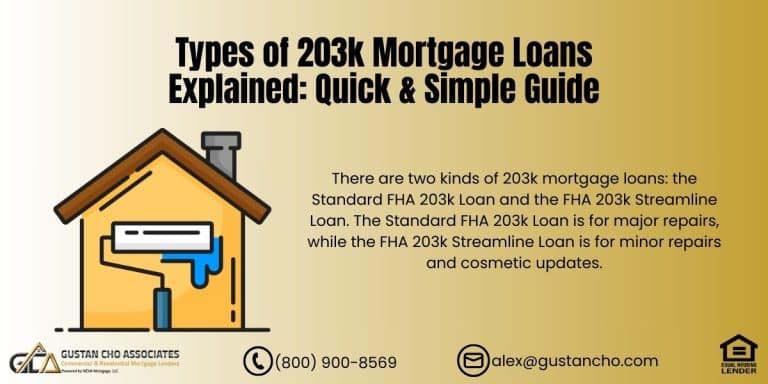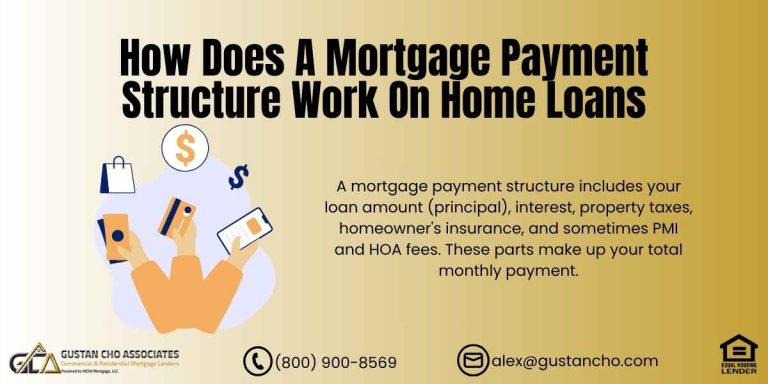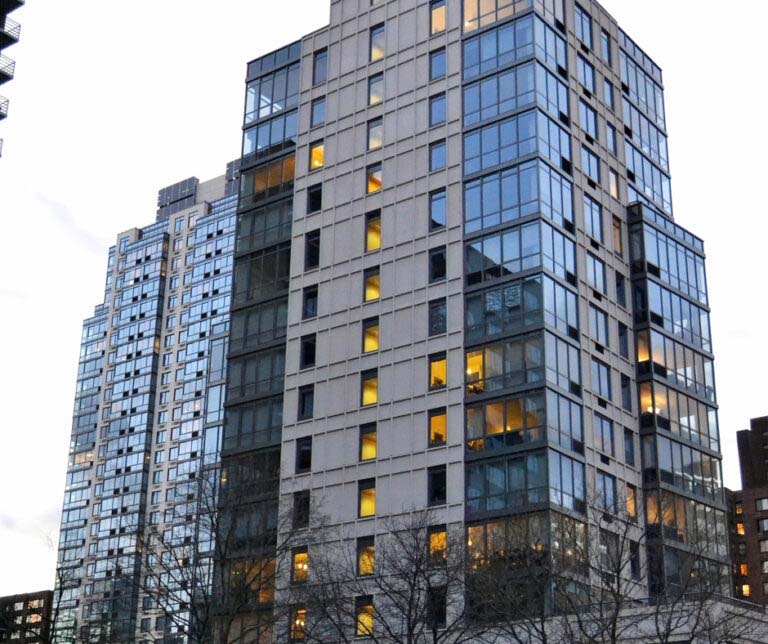This article delves into the Mortgage Payment Shock Underwriting Guidelines and its underwriters’ assessment. Maintaining a payment that suits both you and your family is crucial when securing a mortgage. What you perceive as a comfortable payment may differ from the evaluation based on your debt-to-income ratios.
The real estate crash of 2008 served as a lesson for many Americans who experienced unexpectedly high payments. Consequently, major mortgage agencies have implemented maximum payment requirements, determined by your debt-to-income ratio, to prevent a recurrence of such situations. This blog will dive into mortgage payment shock and its impact on the mortgage process.
Speak With Our Loan Officer for A Mortgage Loan
What Is Mortgage Payment Shock?
Mortgage payment shock refers to a notable surge in monthly financial commitments related to housing payments. The significant increase in these obligations amplifies the risk of default, prompting thorough scrutiny by underwriters. Their primary objective is to assess whether the heightened payments push individuals beyond their financial capacity, making it difficult to fulfill the minimum required payments.
This meticulous evaluation is crucial to safeguard against potential financial strain and defaults, ensuring borrowers can comfortably meet their financial obligations. Recognizing that the scrutiny of mortgage payment shock is an integral part of the underwriting process is essential. Underwriters aim to strike a balance, allowing for reasonable increases in payments while safeguarding against excessive strain on the borrower.
By assessing the potential impact of payment shock, underwriters play a pivotal role in maintaining the stability of the mortgage lending system, helping individuals secure loans that align with their financial capacity and minimizing the risk of default.
Mortgage Payment Shock On Adjustable Versus Fixed Rate Mortgages
Mortgage payment shock was historically linked to the fluctuations in adjustable-rate mortgages, where homeowners faced unexpected rate increases after adjustments. However, in the aftermath of the housing market crash, there has been a notable decline in the use of adjustable-rate mortgages in the contemporary mortgage market.
They are now a rarity. The concept of Payment Shock has adapted to focus on the broader perspective of how much the overall payment increases. Nowadays, any significant surge of 20% or more in the total payment is categorized as a mortgage payment shock.
The shift from adjustable-rate mortgages underscores a fundamental change in the mortgage industry’s risk management practices. Lenders are more inclined towards fixed-rate mortgages, giving borrowers greater stability and predictability in their monthly payments. This transition mitigates the risk of payment shock associated with interest rate fluctuations and aligns with the preferences of modern homebuyers seeking financial security and consistency in their mortgage obligations.
As the definition of mortgage payment shock evolves, it serves as a crucial metric for borrowers to gauge the potential impact of their mortgage commitments. Homebuyers are now advised to carefully assess the terms of their loans carefully, considering the possibility of substantial payment increases.
To ensure a secure and sustainable homeownership experience, it’s important to make informed financial decisions when navigating the complexities of the mortgage landscape. This means being prudent with your finances and taking the time to understand the process. By doing so, you can make sure that you are making the best decisions for your situation.
Case Scenario Of Mortgage Payment Shock
In this hypothetical scenario depicting mortgage payment shock, Jeff has been leasing the same residence for nearly two years at a monthly cost of $1,700. He aims to secure a VA loan by wanting to transition from renting to homeownership. Jeff envisions a total monthly payment, encompassing principal, interest, taxes, insurance, and association dues, amounting to $2,200. However, this proposed increase of $500 surpasses the 20% threshold for payment shock.
Despite the potential payment shock, Jeff can still proceed with the home purchase by presenting compensating factors. These factors act as mitigating elements to reassure lenders about his financial stability. Examples of compensating factors include:
- Having cash reserves in the bank.
- Maintaining a steady and lengthy employment history.
- Exercising prudence in managing consumer debt.
- The possibility of receiving military disability benefits.
Jeff’s mortgage application’s final approval rests with the underwriter, who will carefully evaluate the presented compensating factors.
Deciding on mortgage approval in the face of payment shock underscores the significance of compensating factors in the home buying process. Lenders recognize that various factors beyond the numerical increase in monthly payments can contribute to a borrower’s financial resilience.
In the case of Jeff, it’s important to take into account a variety of factors, such as cash reserves and employment stability, when seeking approval for a mortgage. This can be especially important if there’s a possibility of payment shock.
VA Mortgage Payment Shock Guidelines
The concept of mortgage payment shock lacks a specific VA guideline, with the VA instead focusing on evaluating the applicant’s residual income. A workaround for this potential shock is attainable through VA loans, provided your residual income surpasses the required amount by at least 20% and you possess a compensating factor.
Since the VA does not impose a rigid guideline, the underwriter exercises discretion. Typically, borrowers may be asked to sign a letter of intent confirming their understanding of the increased payment and their commitment to meeting the higher financial obligation.
Our expertise lies in VA manual underwriting, and if you have questions about the process or concerns about your current situation, please get in touch with Alex Carlucci at 800-900-8569. Alternatively, for a faster response, you can text us. Alex is also reachable via email seven days a week at alex@gustancho.com , offering comprehensive mortgage-level guidance.
Qualifying For Mortgage With Direct Lender With No Overlays
Lenders vary in their guidelines, with each required to follow agency guidelines from entities like FHA, VA, USDA, Fannie Mac, and Freddie Mac. While these guidelines serve as a baseline, lenders can set higher lending standards, referred to as overlays. Mortgage payment shock is a common issue, affecting over 75% of our clients who have faced last-minute mortgage denials or encountered stress with other lenders due to these overlays.
At Gustan Cho Associates, we distinguish ourselves by maintaining zero overlays on government and conventional loans. Our commitment is to adhere strictly to agency guidelines, eliminating any additional higher lending requirements and ensuring a smoother lending process for our clients.
Our approach has garnered praise, reflected in the 5-star Zillow Reviews from our satisfied clients. We invite you to explore their feedback, providing insights into our dedication to transparent and reliable lending practices.
In Conclusion
Navigating mortgage payment shock and overcoming various hurdles in the mortgage process can be challenging. If you’re looking for advice tailored to your specific situation, we recommend contacting the experts at Gustan Cho Associates. With extensive experience handling diverse credit profiles, we pride ourselves on delivering top-notch customer service.
Our dedicated approach involves working closely with families for extended periods, ranging from 3 to 12 months or more, until they qualify to purchase their dream home. Whether you’re in the process with another lender or seeking a second opinion, our expertise in mortgage guidelines positions us as a valuable resource.
At Gustan Cho Associates, we understand that every mortgage application is unique. Our team excels in providing comprehensive mortgage advice, ensuring a thorough understanding of mortgage payment shock and other potential challenges. Feel free to reach out, as we are committed to guiding you through the complexities of the mortgage landscape, offering support and expertise that goes beyond the ordinary.
FAQs about Mortgage Payment Shock Underwriting Guidelines
1. What is Mortgage Payment Shock? Mortgage payment shock refers to a significant surge in monthly financial commitments related to housing payments. Underwriters thoroughly scrutinize this surge to assess whether the increased payments push individuals beyond their financial capacity, making it challenging to meet the minimum required payments.
2. Why is the evaluation of Mortgage Payment Shock crucial? The meticulous evaluation is essential to safeguard against potential financial strain and defaults. Underwriters aim to strike a balance, allowing for reasonable increases in payments while preventing excessive strain on the borrower, thus maintaining the stability of the mortgage lending system.
3. How has Mortgage Payment Shock evolved in terms of mortgage types? Historically linked to adjustable-rate mortgages, mortgage payment shock is now defined by a significant surge of 20% or more in the total payment, regardless of mortgage type. The decline in the use of adjustable-rate mortgages signifies a shift toward fixed-rate mortgages, providing borrowers with greater stability and predictability in monthly payments.
4. What compensating factors can mitigate the impact of Mortgage Payment Shock? Compensating factors, such as having cash reserves, a steady employment history, responsible consumer debt management, or the potential for military disability benefits, can reassure lenders about the borrower’s financial stability in the face of mortgage payment shock.
5. Are there specific guidelines for Mortgage Payment Shock in VA loans? The VA does not have a specific guideline for mortgage payment shock. Instead, the focus is on evaluating the applicant’s residual income. If the residual income surpasses the required amount by at least 20% and the borrower possesses a compensating factor, the impact of potential mortgage payment shock can be mitigated.
6. How does Gustan Cho Associates handle overlays in mortgage lending? Gustan Cho Associates distinguishes itself by maintaining zero overlays on government and conventional loans. This means strict adherence to agency guidelines, eliminating additional higher lending requirements, and ensuring a smoother lending process for clients.
7. Why choose Gustan Cho Associates for mortgage advice? Gustan Cho Associates offers comprehensive mortgage advice, considering unique credit profiles. The team’s commitment involves working closely with families for extended periods, providing top-notch customer service, and eliminating overlays for a transparent and reliable lending process.
8. Why is it important to make informed financial decisions in the mortgage process? Making informed financial decisions is crucial to ensuring a secure and sustainable homeownership experience. This involves careful assessment of mortgage terms, considering potential mortgage payment shock, and understanding the complexities of the mortgage landscape.
9. How does Gustan Cho Associates ensure a supportive and expert-guided mortgage process? Gustan Cho Associates understands the uniqueness of each mortgage application and excels in providing comprehensive mortgage advice. The team’s commitment involves guiding clients through the complexities of the mortgage landscape, offering support and expertise beyond the ordinary.
Get Approved For A Mortgage With A lender With No Overlay
This blog about the Mortgage Payment Shock Underwriting Guidelines was updated on February 23, 2024.










